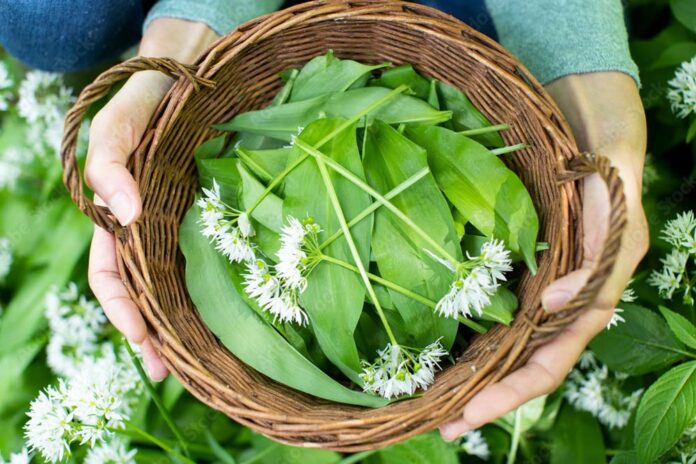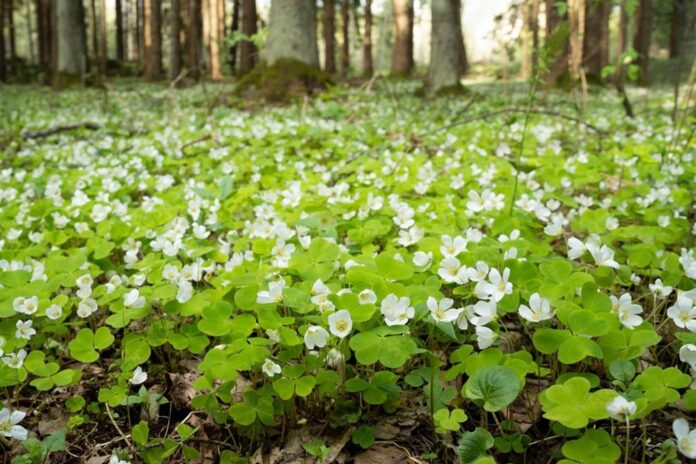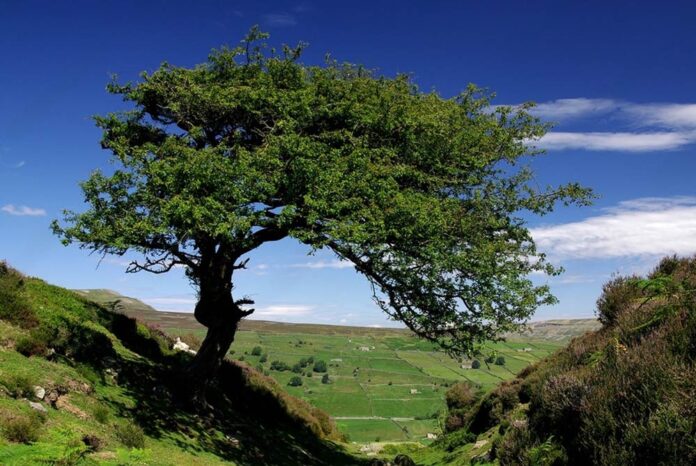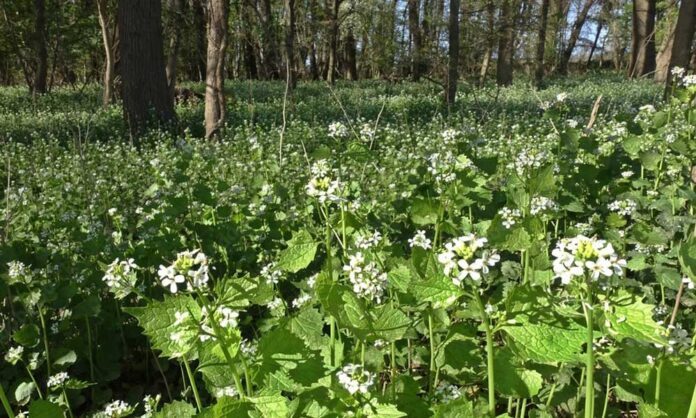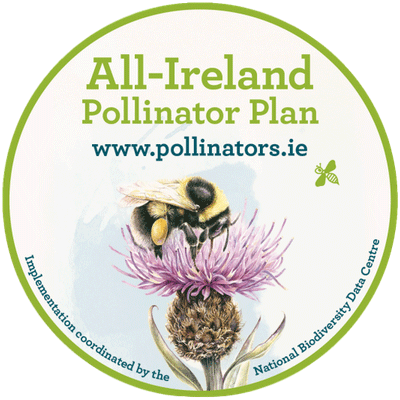Viola’s Symphony: A Foraging Adventure for Floral Flavours
Spring’s vibrant orchestra reaches a crescendo with the arrival of the common dog violet (Viola riviniana), Irish name (Fanaigse). These tiny violet purple and shades of blue blossoms aren’t just a visual treat but a forager’s delight, bursting with surprising culinary potential! But before you embark on a violet forage, let’s delve into the world of this charming native Irish wildflower and explore sustainable foraging practices, focusing on its delectable uses.
The Unassuming Common Dog Violet: More Than Meets the Eye
The common dog violet, a native perennial, graces woodlands, hedgerows, and meadows with its cheerful presence from early spring onwards. While the fragrant flowers are the most recognizable part, the heart-shaped leaves also hold hidden culinary treasures. Caution! Always double-check the identification of any wild plant before consuming it. Look-alikes to the common dog violet can be harmful.
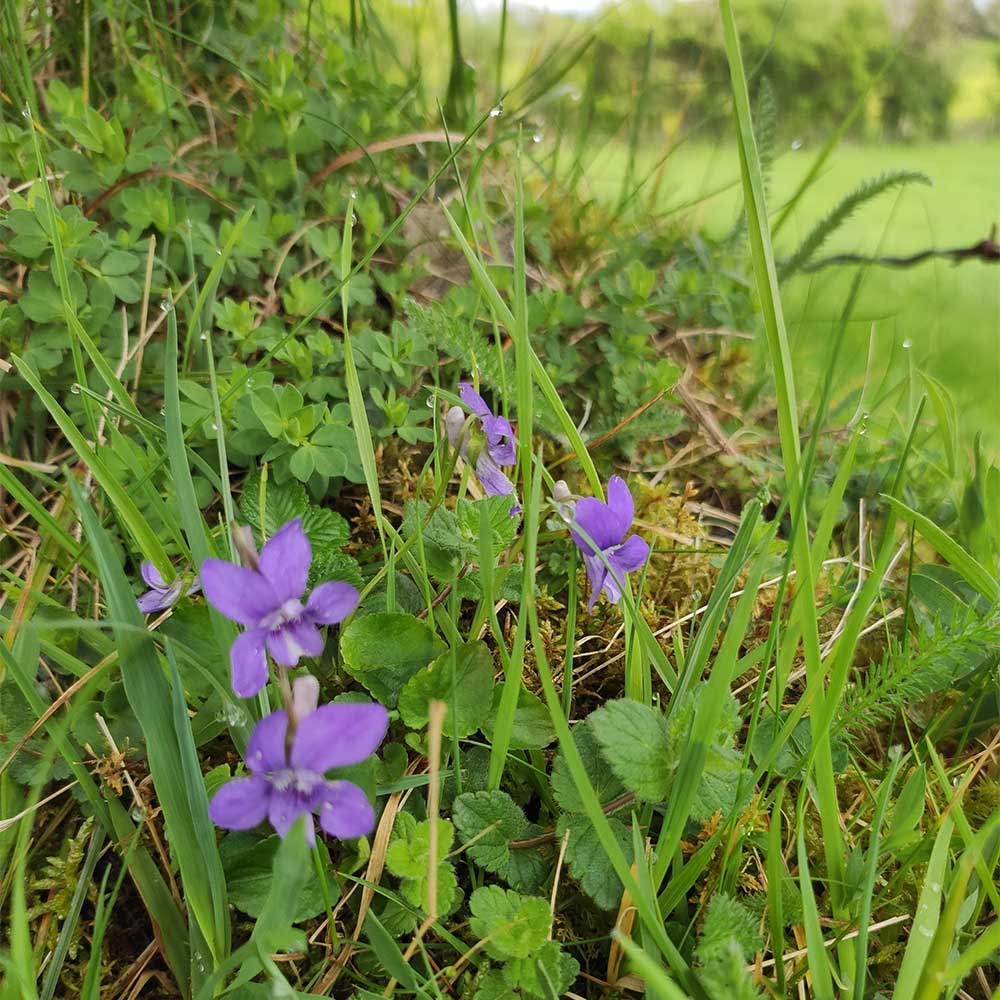
A Responsible Forager’s Harmony with Violets
Sustainability ensures future generations can enjoy this floral wonder. Here’s how to ensure your violet-picking adventure is responsible:
- Play it by Ear: Only pick a small number of flowers, allowing the plant to reproduce and help keep the violets flourishing.
- Location is Key: Avoid protected areas or private property. Seek violets thriving in clean, unpolluted areas.
- Respect the Rhythm of Nature: Pick only healthy flowers and leaves, leaving the roots undisturbed.
- The Right Tools for the Tune: Use sharp scissors or secateurs to snip the flowers and leaves cleanly at the base.
A Word on Sustainability:
Remember, Ireland’s natural beauty is a shared treasure. By following these responsible foraging practices, you can ensure that future generations can enjoy the magic of violets gracing the Irish countryside.
A Culinary Concerto with Violets: A Symphony of Sweet and Savory Delights
From flower to leaf, violets offer surprising versatility in the kitchen. Here are some ideas to incorporate violets into your culinary creations:
- Honey Infused with Viola’s Melody: Steep violet flowers in raw honey for a delightful floral aroma. Drizzle this honey over yoghurt parfaits, oatmeal, or fresh fruit salads for a touch of floral sweetness.
- Candied Violets: A Sweet Crescendo: Crystallize violet flowers using a sugar syrup solution. These delicate floral crystals can be used to decorate cakes, cupcakes, or other desserts, adding a touch of elegance.
- Violet Vinaigrette: A Tangy Twist: Steep violet leaves in vinegar for a couple of weeks. Strain the vinegar and use it to create a unique floral vinaigrette for salads or marinades, adding a surprising note to your dish.
- Violet Butter: A Delightful Floral Spread: Whip softened plant-based butter with chopped violet flowers for a beautiful and fragrant spread. Perfect for toast, sandwiches, or as an accompaniment to nut roasts, adding a touch of floral flair.
- Salad Symphony with a Viola Solo: Add a handful of fresh violet flowers or chopped leaves to your salad for a pop of colour and a subtle floral note.
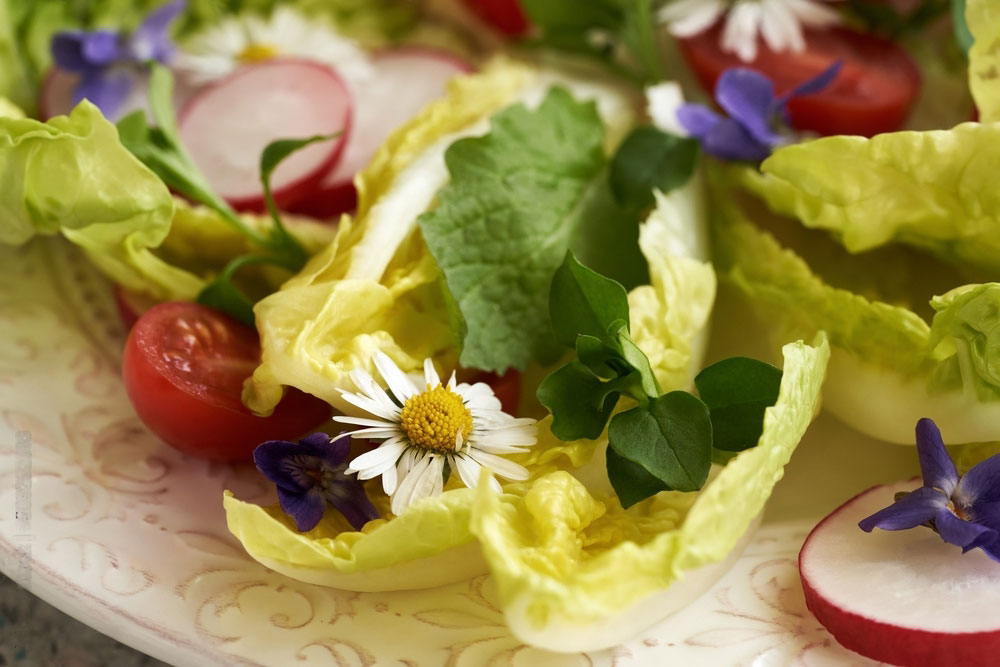
Nature’s Tiny Powerhouse: The Common Dog Violet
Don’t be fooled by their delicate appearance! Common dog violets are hidden gems packing a surprising nutritional punch. These charming flowers and leaves boast high levels of vitamin C, essential for a healthy immune system.
But the benefits don’t stop there. Violets are also rich in bioflavonoids like rutin, which offer antioxidant and anti-inflammatory properties. Looking for an extra boost of vitamin A? Look no further than the violet’s leaves, reported to contain even more than spinach!
Feeling under the weather? Consider brewing a cup of violet tea, a natural source of vitamin C that can help you fight off a cold. And for a fun fact, just half a cup of violet leaves is supposed to provide as much vitamin C as three whole oranges! So next time you’re out for a spring walk, keep an eye out for these little nutritional powerhouses.
Important Note: Always consult a reliable source for detailed instructions on using violets in food preparation. Look for recipes that specifically mention using violets for culinary purposes. Use violets sparingly due to their high vitamin C content, which can be mildly laxative in large quantities.
Connecting with Nature, One Violet at a Time: A Foraging Journey
Unveil the magic of common dog violets. Nestled amongst verdant landscapes, these cheerful blooms beckon you on a delightful adventure. Foraging for violets isn’t just about adding a touch of floral elegance to your dishes; it’s a chance to reconnect with the rhythm of the seasons and witness nature’s delicate beauty firsthand. Imagine yourself traversing sun-dappled woodlands, eyes peeled for the telltale heart-shaped leaves and vibrant purple or blue flowers. With each discovery, a sense of wonder unfolds, and a deeper appreciation for the natural world takes root.
But the magic doesn’t end there. By following these responsible foraging practices, you become a guardian of this floral treasure. Taking only what you need ensures future generations can experience the joy of violet-picking. So lace up your walking boots, grab your basket, and embark on a fragrant journey through meadows and forests. Transform these little gems into a culinary masterpiece – a vibrant salad adorned with violet petals, or perhaps a dollop of violet butter adding a touch of floral flair to crusty bread. Each delicious bite becomes a symphony of flavour on your plate, a testament to the bounty of the natural world and the joy of sustainable foraging.
Enjoy your foraging adventure!


